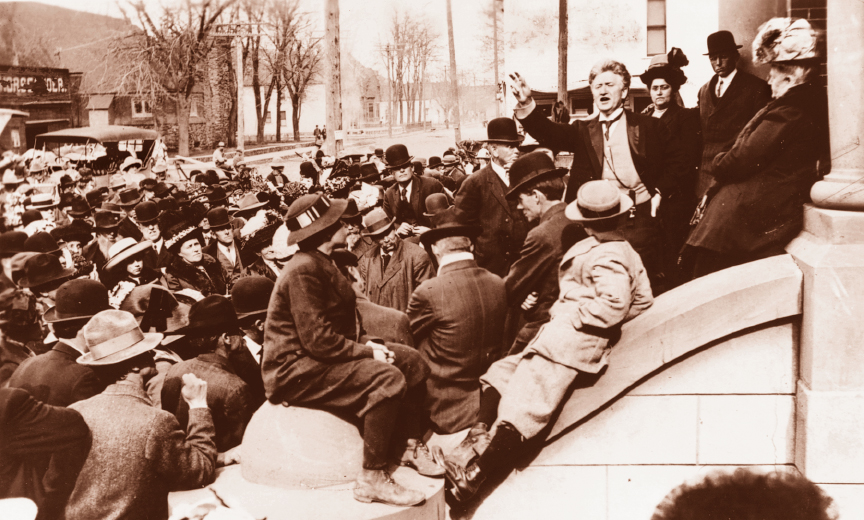America’s History: Printed Page 542
America: A Concise History: Printed Page 495
America’s History: Value Edition: Printed Page 479
Reform Initiatives
 Library of Congress.
Library of Congress.
Political debates in this era centered on the scope of government power, as reformers called for regulation of corporations and other measures to blunt the impact of industrialization. After the 1880s, Republicans increasingly defended big business. Though Republican Theodore Roosevelt championed landmark legislation during his presidency (1901–1909), much reform energy passed to other parties. Democrats, who had long called for limited government, began to advocate stronger federal intervention to fight poverty and restrain big business. By the 1910s, during the presidency of Democrat Woodrow Wilson (1913–1921), the party enacted an impressive slate of laws. Meanwhile, the Populist, Socialist, and Progressive parties proposed more radical responses to industrialization and concentrated wealth. While none of these parties won national power, their ideas helped shape the course of reform.
Progressive Era reformers — a diverse group who were not at all united — sought to enhance democracy, rein in the power of corporations, uphold labor rights, protect the environment, and promote public health and safety. They faced formidable obstacles, especially from Supreme Court rulings. Nonetheless, by 1917, national, state, and local governments enacted a range of new laws, representing the early emergence of the modern state. Chapter 20 traces these events.